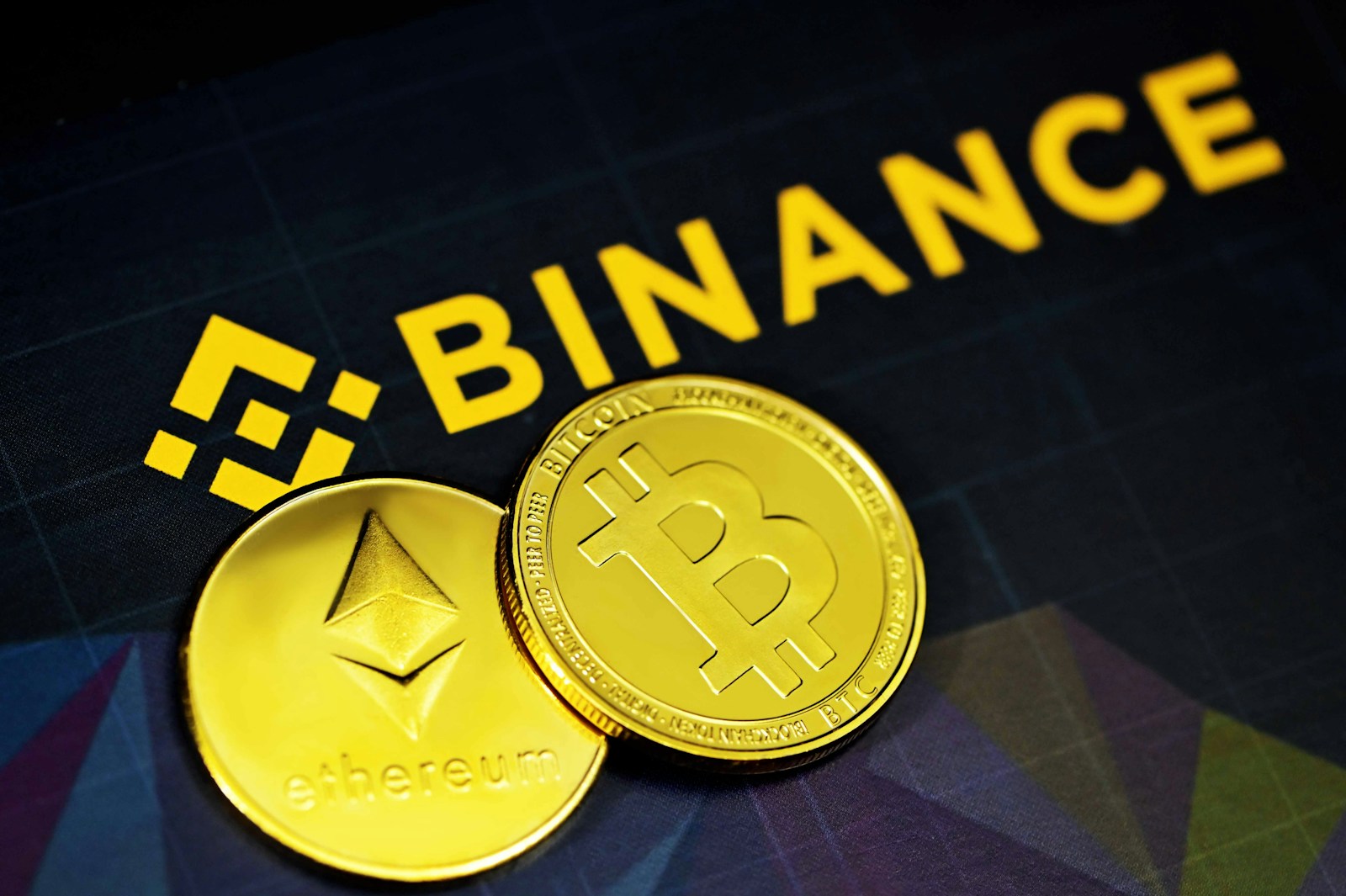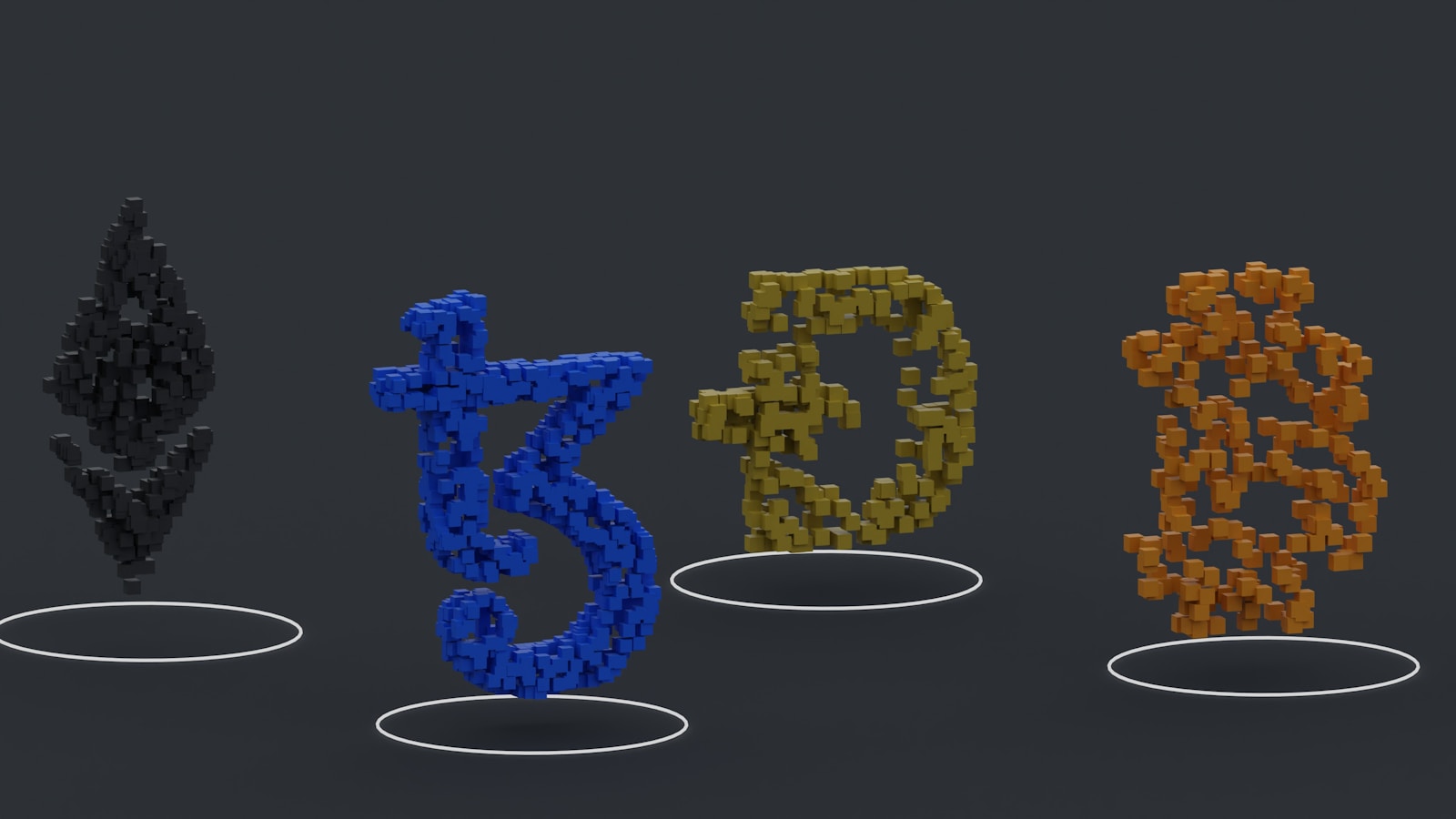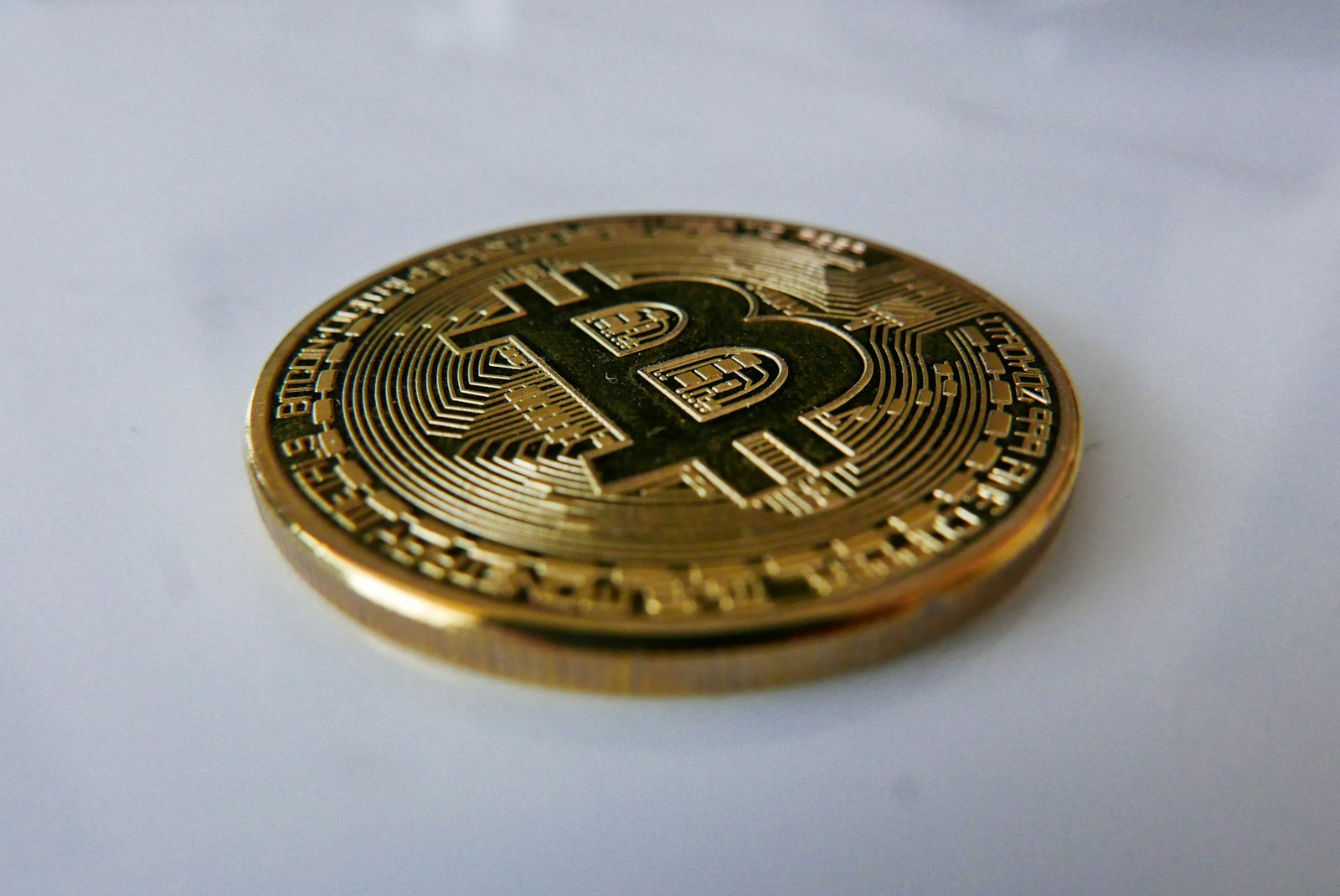
To optimize remittances and daily transactions, leveraging a decentralized network designed specifically for smartphones is key. By prioritizing accessibility on mobile devices, this system supports global financial inclusion, particularly in regions where traditional banking infrastructure is scarce. Its native stablecoin, cUSD, pegged to the US dollar, facilitates fast, low-cost value exchanges without volatility concerns common to many cryptocurrencies.
Unlike legacy payment rails that often impose high fees and delays, this architecture processes thousands of transactions per second with settlement times under five seconds. Real-world pilots across Africa and Latin America demonstrate how unbanked populations gain direct access to digital wallets via simple apps. This eliminates intermediaries and reduces friction, making peer-to-peer transfers as effortless as sending a text message.
Security remains robust through a proof-of-stake consensus mechanism tailored for mobile environments, balancing decentralization with energy efficiency. Developers benefit from open-source tools and SDKs designed for rapid integration into existing fintech solutions. As regulatory frameworks adapt to crypto-assets like cUSD, this ecosystem positions itself as a viable alternative to traditional fiat channels while maintaining compliance and transparency.
Celo platform: mobile-first blockchain for payments [DeFi & Protocols defi]
Focusing on financial inclusion through smartphone accessibility, the Celo ecosystem enables seamless value transfers by leveraging a mobile-centric infrastructure. Native stablecoins like cUSD allow users to transact with minimal volatility, which is critical in emerging markets where traditional banking options are limited or unreliable. By integrating lightweight cryptographic proofs and efficient consensus mechanisms, this environment supports quick settlements and low fees without sacrificing security.
The protocol’s architecture prioritizes ease of use on mobile devices, optimizing bandwidth and resource consumption for slower networks common in developing regions. This design choice enhances adoption among unbanked populations by offering a user interface comparable to mainstream apps while maintaining robust decentralization. Additionally, smart contracts facilitate programmable money flows within decentralized finance (DeFi) applications, expanding use cases beyond simple remittances.
Technical Foundations and Token Utility
The system employs a proof-of-stake consensus that balances scalability with energy efficiency, crucial for sustaining operations on handheld gadgets. Validators stake CELO tokens to secure the network and participate in governance decisions influencing upgrades and monetary policy. Meanwhile, cUSD serves as a stable medium pegged to the US dollar through an algorithmic reserve backing mechanism involving CELO collateralization.
Such dual-token dynamics enable both speculative participation via CELO and transactional stability with cUSD, ensuring liquidity across DeFi protocols hosted on the chain. Integration with wallets designed specifically for smartphones simplifies onboarding processes, while cross-chain bridges extend interoperability with other decentralized ecosystems. Real-world deployments include peer-to-peer lending platforms and merchant payment solutions harnessing these tokens effectively.
Empirical data from recent quarters show sustained growth in active wallet addresses exceeding 500,000 globally with transaction throughput averaging around 100 TPS under normal load–figures that compare favorably against other similar networks focused on mobile-first approaches. These metrics underscore the practical viability of this network as a payment rail tailored to users previously excluded from conventional financial instruments.
In conclusion, the project’s emphasis on mobile compatibility combined with its native digital currencies offers a compelling blueprint for financial systems aiming to close access gaps worldwide. Its technical choices reflect a nuanced understanding of infrastructural constraints faced by target demographics while providing developers with flexible tools to innovate within DeFi spaces. Monitoring upcoming protocol enhancements will be essential to evaluate sustained scalability and adoption trends amid evolving market conditions.
Setting up a Wallet on the Celo Ecosystem
To initiate usage within this mobile-centric financial environment, begin by downloading the official wallet application compatible with both Android and iOS devices. The setup process demands creation of a secure passphrase–typically 12 or 24 words–which acts as the private key backup. Losing this phrase equates to permanent loss of access, thus immediate offline storage is strongly advised. Subsequently, users must generate an account address that facilitates sending and receiving various stablecoins, including cUSD, designed for price stability in everyday transactions.
Integration of biometric authentication enhances security layers while preserving ease of access on smartphones, aligning with the inclusion goal inherent in the ecosystem’s architecture. Enabling two-factor authentication (2FA) further mitigates unauthorized entry risks. Upon initial wallet activation, a small amount of native token is required to cover network transaction fees–known as gas costs–reflecting current market valuations which fluctuate but generally remain low compared to other decentralized alternatives.
Technical Setup Steps and Best Practices
The installation workflow involves several critical phases: downloading from verified app stores, setting up recovery phrases securely offline, connecting to the testnet for trial transactions if preferred, and finally transferring assets like cUSD or other stablecoins into the wallet. Developers often recommend avoiding public Wi-Fi during setup due to potential interception vulnerabilities. For enterprises targeting broad user bases in regions with limited banking infrastructure, this procedure facilitates seamless access to digital financial services without traditional intermediaries.
Advanced users might leverage hardware wallets compatible through third-party integrations to enhance custody solutions beyond mobile device constraints. This option suits institutional actors or high-net-worth individuals prioritizing asset protection over convenience. Additionally, monitoring real-time blockchain explorers helps verify transaction statuses post-transfer–a vital step confirming successful ledger updates across distributed nodes.
- Download trusted wallet app
- Create and securely store mnemonic phrase
- Enable biometric and two-factor authentication
- Fund wallet with minimal native tokens for gas fees
- Conduct initial small-value transactions for confirmation
This sequence ensures operational readiness while minimizing exposure to common pitfalls such as phishing attempts or seed phrase leaks.
Examining recent case studies reveals that users adopting these protocols experience significantly reduced incidents of lost funds or unauthorized access. For instance, community-driven projects integrating localized onboarding tutorials have increased adoption rates by over 30% in emerging markets where financial inclusion remains limited. The scalability inherent in this ecosystem supports millions of concurrent transactions without congestion typical for older networks.
The system’s reliance on lightweight consensus mechanisms optimizes performance on mobile devices with constrained computational resources. This technical choice underpins its capacity to serve unbanked populations efficiently by lowering entry barriers and transaction costs simultaneously–a dual advantage rarely achieved elsewhere.
Executing Fast Mobile Transactions
Optimizing transaction throughput and minimizing latency are critical when handling mobile financial transfers on decentralized networks. The underlying distributed ledger architecture supports near-instant settlement by leveraging consensus algorithms tailored to low-power devices and intermittent connectivity. This ensures that users experience sub-second confirmation times even in regions with limited infrastructure, enhancing operational efficiency for everyday value exchanges.
Native stablecoins pegged to fiat currencies, such as cUSD, play a pivotal role in facilitating seamless value transfer within the ecosystem. Their integration eliminates volatility risk commonly associated with cryptocurrencies, thereby encouraging broader adoption among unbanked populations. These digital assets operate atop the protocol’s core, enabling secure peer-to-peer transactions without intermediaries and fostering economic participation through accessible interfaces designed specifically for handheld gadgets.
Technical Mechanisms Behind Rapid Digital Transfers
The system achieves speed through a combination of lightweight cryptographic proofs and optimized transaction propagation methods. Validators prioritize blocks containing high-fee or time-sensitive operations, reducing bottlenecks typical of traditional chains. Additionally, off-chain data aggregation techniques contribute to scalability by bundling multiple user interactions before committing final states to the ledger. Such mechanisms reduce overhead and bandwidth consumption crucial for maintaining responsiveness on smartphones.
A practical illustration can be found in recent pilot programs deployed in emerging markets where millions rely exclusively on mobile access for financial services. By circumventing conventional banking delays–often several hours or days–users complete transactions within seconds regardless of network variability. Comparative studies indicate a decrease in average transaction duration from over two minutes using legacy solutions to under five seconds using this innovative approach, underscoring its suitability for microtransactions and daily commerce alike.
Building DeFi Apps on a Mobile-First Ecosystem
Developers aiming to create decentralized financial solutions should prioritize infrastructure optimized for mobile accessibility. This approach ensures broader inclusion, particularly in regions where smartphone usage surpasses desktop access. Leveraging a network that integrates native stablecoins like cUSD enhances transactional stability and simplifies user experience by providing a familiar, fiat-pegged asset within the decentralized environment.
The underlying ledger’s compatibility with Solidity smart contracts combined with lightweight node architecture facilitates rapid app deployment without sacrificing security or decentralization. Such characteristics enable scalable DeFi applications capable of handling thousands of transactions per second while maintaining low gas fees, an important factor when targeting emerging markets where financial inclusion remains limited.
Technical Advantages and Use Cases
The ecosystem supports seamless integration of off-chain data through oracles, allowing developers to build complex financial instruments such as lending protocols or prediction markets. For example, Moola Market demonstrates how credit delegation can be implemented efficiently using the platform’s fast consensus mechanism and native assets like cUSD for collateral and borrowing. The interoperability with Ethereum Virtual Machine (EVM) standards also allows easy migration of existing DeFi projects.
Security audits remain critical given the growing volume locked in these applications. Projects utilizing this environment have benefited from formal verification tools alongside multi-signature wallet deployments to mitigate risks. Additionally, the emphasis on transaction finality within seconds creates a responsive user interface crucial for mobile users who expect near-instant feedback during interactions.
Financial inclusion is further enhanced by integrated identity solutions that reduce onboarding friction. Lightweight wallets designed specifically for smartphones provide encrypted key management and biometric authentication, increasing adoption rates among unbanked populations. This focus on usability underlines why decentralized exchanges and yield farming platforms built here report higher engagement metrics compared to counterparts operating solely on traditional blockchains.
Given recent market trends showing increased demand for accessible DeFi alternatives outside major hubs like North America and Europe, developing on this network offers strategic advantages. Its carbon-neutral consensus protocol aligns with sustainability goals increasingly prioritized by institutional investors exploring decentralized finance opportunities globally. As competition intensifies among Layer 1 networks, choosing an environment tailored to mobile-first users could be decisive for project success.
Integrating Protocols with Celo: Strategic Insights and Future Directions
Integration with the mobile-centric financial ecosystem demands protocols that optimize for lightweight, accessible infrastructure. Leveraging cusd as a stable digital asset within this network significantly reduces transactional friction and volatility risk, enabling seamless microtransactions on constrained devices. This approach not only broadens user participation but also establishes a robust foundation for programmable money flows tailored to low-bandwidth environments.
Technical interoperability hinges on smart contract standards compatible with the underlying consensus mechanism and identity frameworks native to this environment. For instance, incorporating threshold cryptography and decentralized key management enhances security without compromising user experience on smartphones. Projects that implement multi-layered payment channels demonstrate reduced gas costs by up to 40%, highlighting efficiency gains crucial for widespread adoption in regions with limited internet connectivity.
Broader Impact and Future Prospects
The inherent design prioritizing financial inclusion addresses critical gaps in underserved markets, where traditional banking infrastructure remains sparse. By integrating diverse protocols–from lending platforms to remittance services–into this ecosystem, developers catalyze a virtuous cycle of liquidity and trust anchored by native stablecoins like cusd. An emerging trend is the convergence of decentralized identity solutions with these payment rails, facilitating compliance while preserving privacy.
Looking ahead, cross-chain composability will play an instrumental role. Protocols that support wrapped assets and interoperable bridges expand access beyond isolated networks, fostering broader capital mobility. Moreover, Layer-2 scaling techniques tailored for mobile wallets promise latency reductions below 1 second per transaction, creating near-instantaneous experiences previously unattainable outside high-resource environments.
- Adoption metrics indicate over 6 million active users leveraging this infrastructure globally, underscoring its scalability potential.
- Stablecoin circulation volumes have grown by approximately 120% year-over-year, reflecting increased reliance on digital financial instruments optimized for handheld devices.
- Integration frameworks now increasingly emphasize modular architectures allowing rapid deployment across heterogeneous mobile operating systems.
The strategic integration of protocols into this ecosystem represents more than technical evolution; it embodies a paradigm shift in how value exchange can be democratized through accessible cryptographic tools embedded directly into everyday communication devices. As regulatory clarity improves and developer toolkits mature, expect accelerated innovation cycles focused on real-world use cases–from peer-to-peer lending in emerging economies to frictionless international commerce powered by native assets such as cusd.








